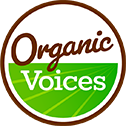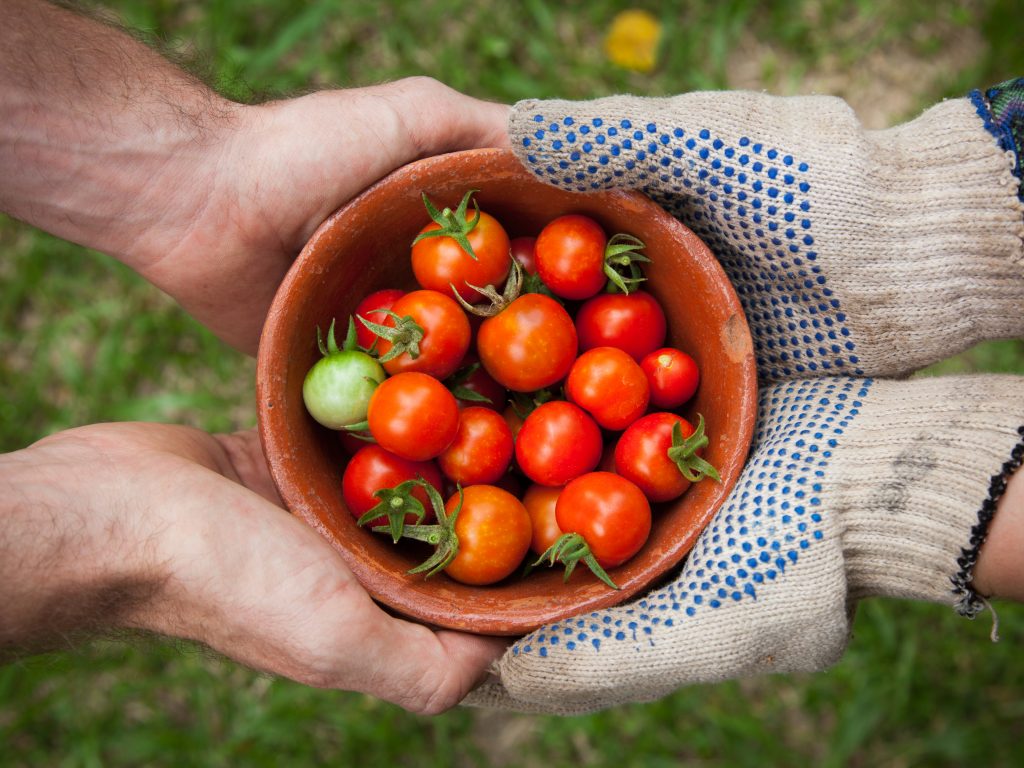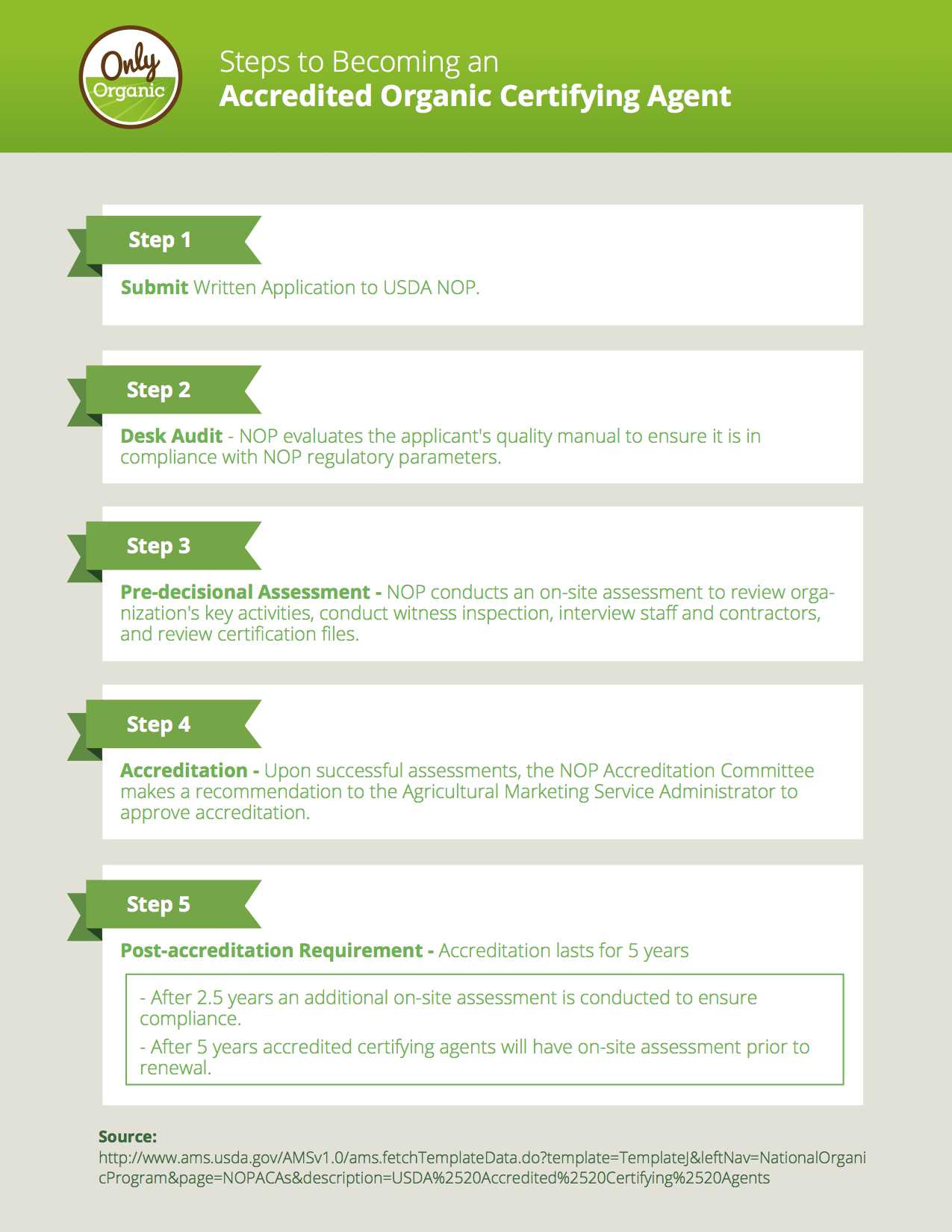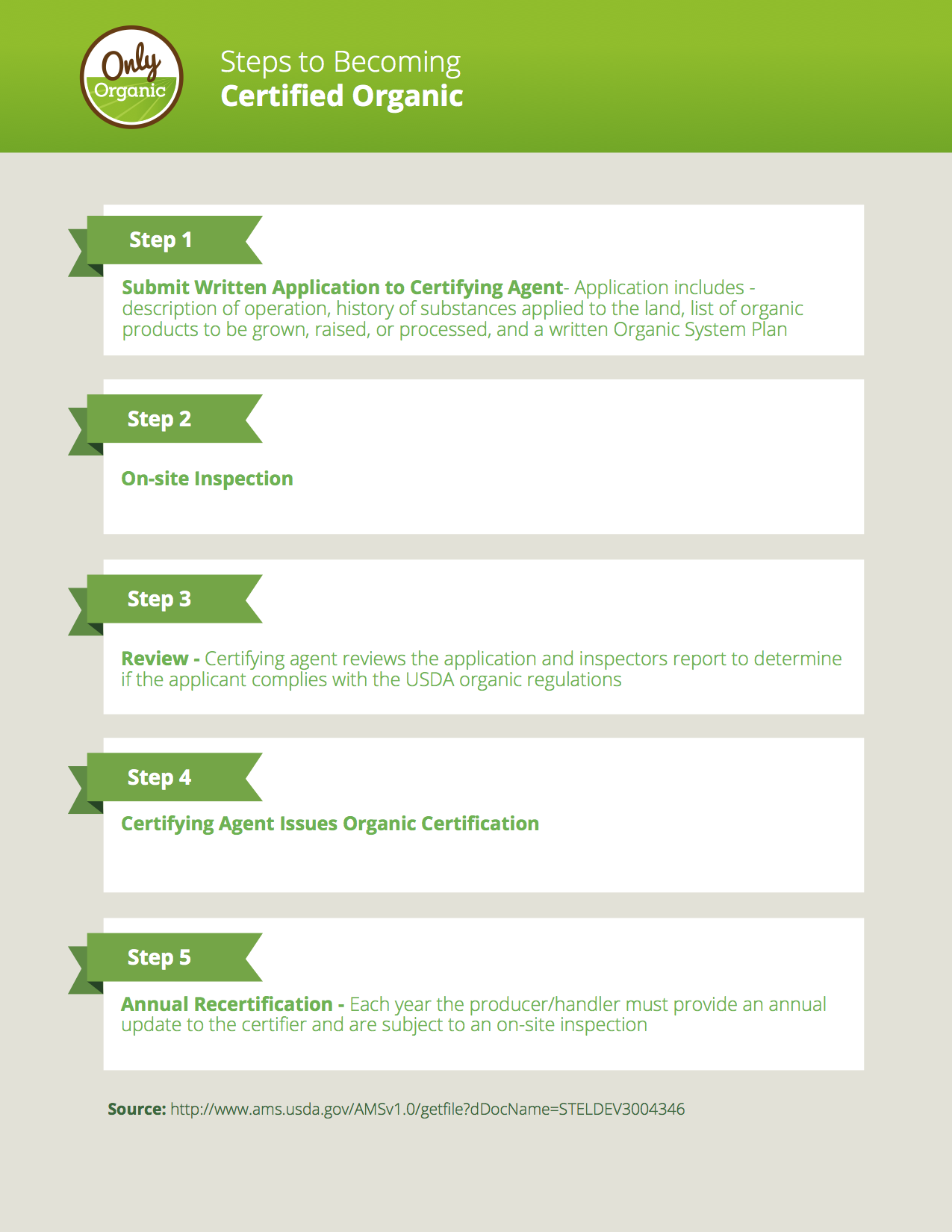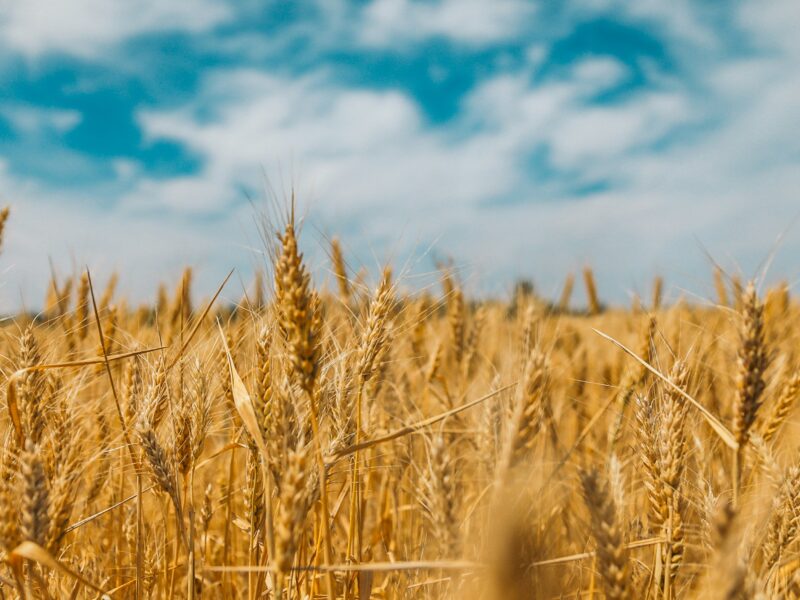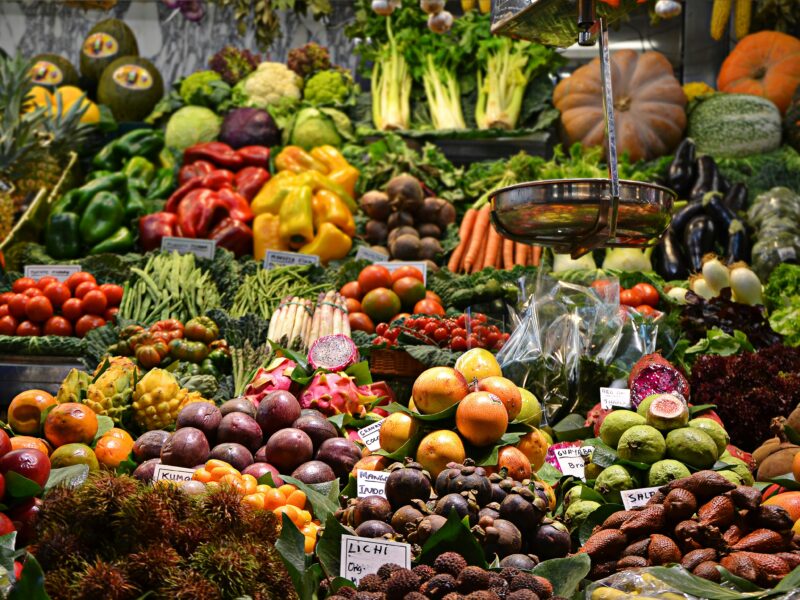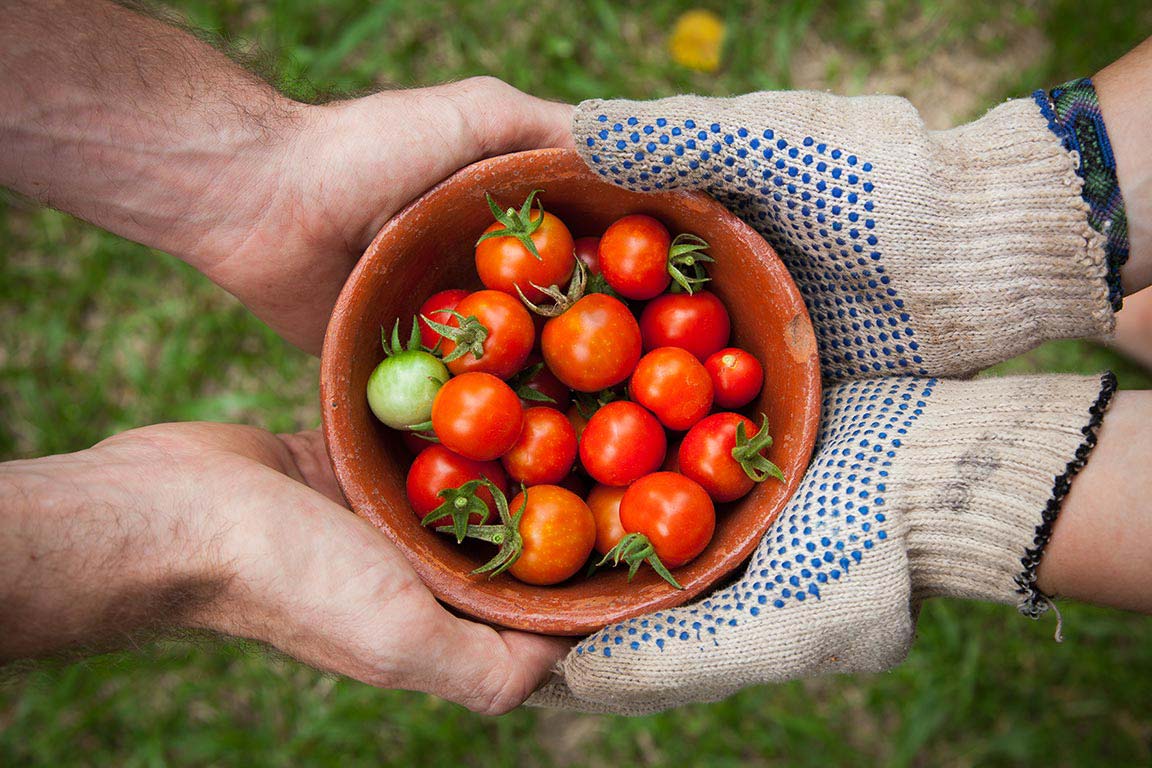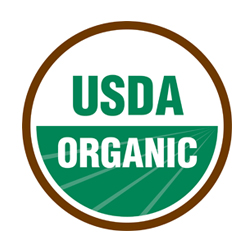 The USDA certified organic seal is the only guarantee that your food has been grown without toxic pesticides, most synthetic fertilizers, antibiotics, artificial hormones or genetically engineered seeds. It also indicates that food that has been produced in compliance with federal standards.
The USDA certified organic seal is the only guarantee that your food has been grown without toxic pesticides, most synthetic fertilizers, antibiotics, artificial hormones or genetically engineered seeds. It also indicates that food that has been produced in compliance with federal standards.
To meet these standards, farmers must:
- rotate crops to maintain soil health
- reduce soil erosion to improve water quality
- use buffers to prevent contamination from non-organic fields
- prohibit the use of toxic pesticides, most synthetic fertilizers, antibiotics, growth hormones, and genetically engineered seeds
- provide animals with year-round access to fresh air, clean water, direct sunlight, and room to move
Before a farmer can market their crops as organics, they must meet USDA organic standards.
Becoming certified organic is a multi-step process. The US Department of Agriculture’s National Organic Program (NOP) oversees organic agriculture and certification in our country, but accredited certifying agents are the ones who actually grant or deny the organic certification of goods. The certifying agents must first go through a rigorous review process to get accredited by NOP. Then, the accredited certifying agents put each company through an inspection and review process to become certified organic.
